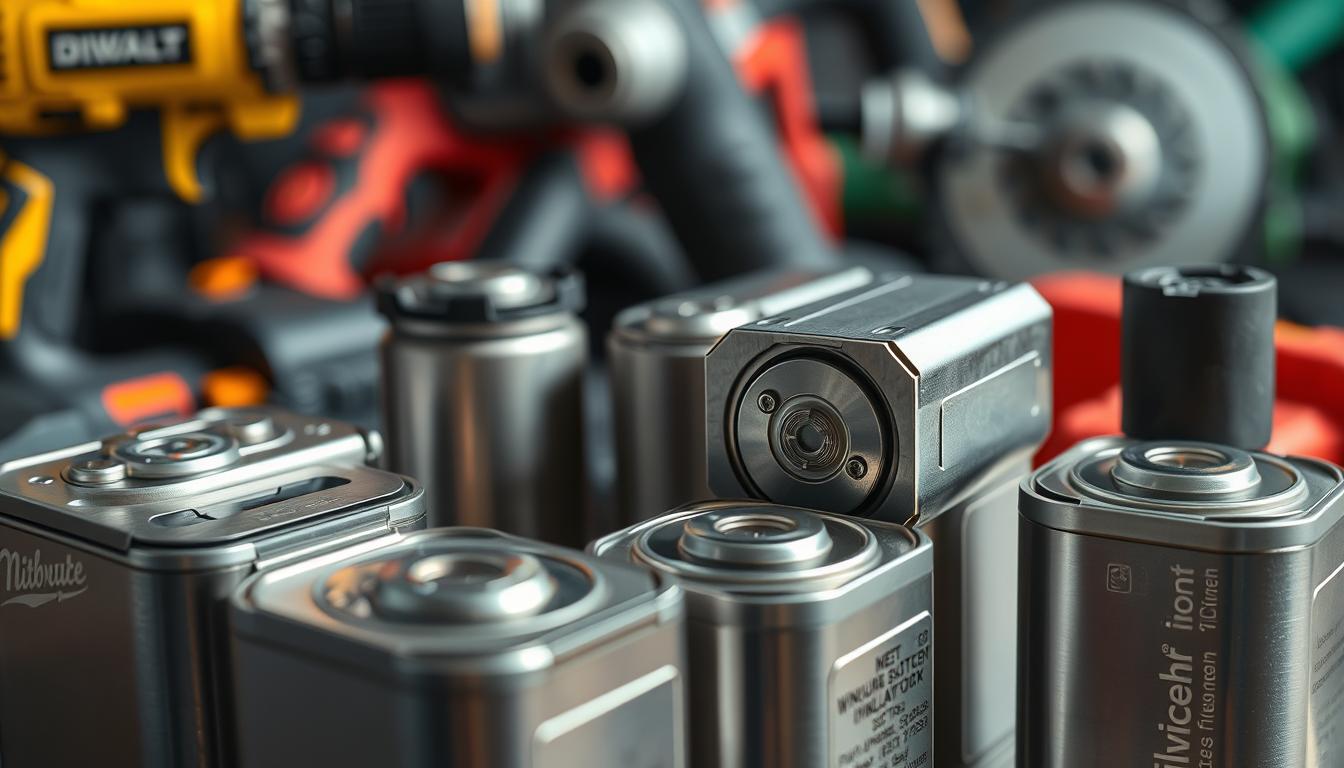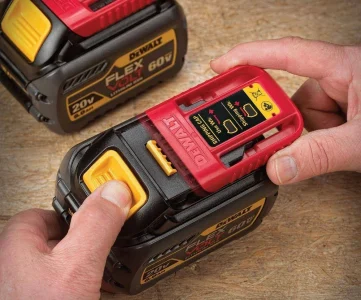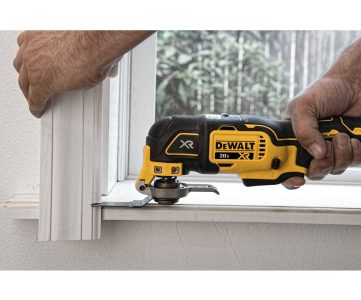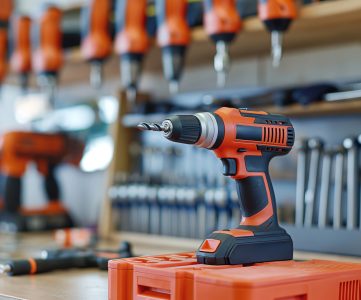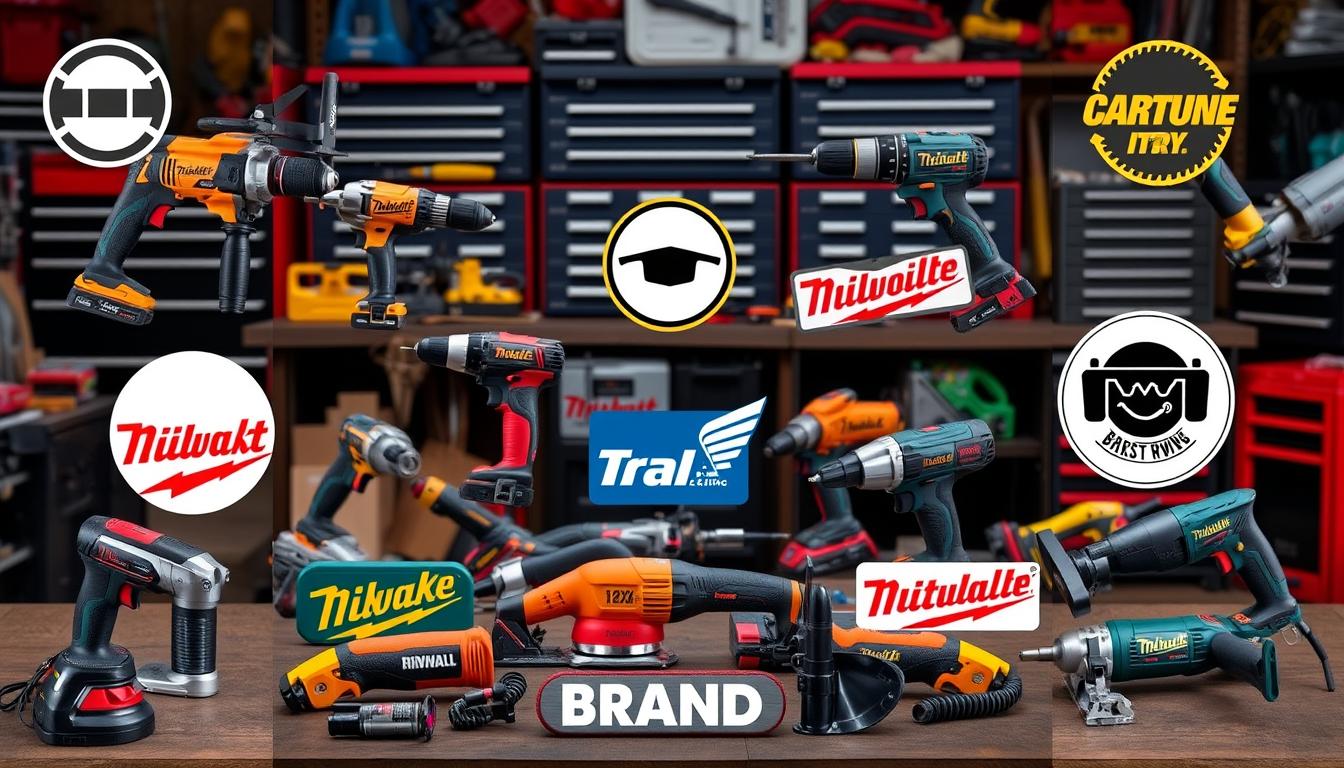Keeping your cordless tools in top shape is key. Lithium ion batteries are great for power tools because they last long and pack a lot of power. With the right care, your tools will run longer and you’ll save money on new batteries. It’s important to take care of your batteries to avoid damage and keep them working well.
Simple steps can keep your lithium ion batteries in great condition. Clean them regularly and charge them correctly to avoid damage. Knowing how these batteries work and their benefits can also help you choose the best tools.
Introduction to Battery Maintenance
Good battery care means keeping them clean, storing them right, and avoiding extreme temperatures. These actions can make your lithium ion batteries last longer. This way, your cordless tools will always perform at their best.
Key Takeaways
- Proper battery maintenance is essential to extend the life of your cordless tools
- Lithium ion batteries offer high energy density and long lifespan
- Regular cleaning and proper charging cycles can help prevent damage
- Understanding how lithium ion batteries work can help you make informed decisions
- Proper storage and handling can help extend the life of your batteries
- Battery maintenance can help reduce replacement costs and maximize runtime
Understanding Lithium-Ion Batteries in Power Tools
Lithium-ion batteries are key in today’s power tools. They offer high energy, long life, and low self-discharge. To keep tool battery life up, knowing how they work and how to care for them is crucial.
At the core of lithium-ion batteries is a mix of chemicals and electrical flows. Understanding this helps users see why proper care is vital. It extends the life of their power tools.
How Lithium-Ion Batteries Work
Lithium-ion batteries work by moving lithium ions between two electrodes. These are a positive cathode and a negative anode, with an electrolyte in between. This movement lets the battery charge and discharge, powering the tool.
Advantages Over Other Battery Types
Lithium-ion batteries outshine others in many ways. They have more energy, last longer, and discharge less. These traits make them perfect for power tools, where reliability and performance matter most.
Common Battery Capacities and Voltages
Power tool batteries vary in capacity and voltage. They range from 12V to 48V and from 2Ah to 8Ah. Choosing the right one for your tool can greatly affect tool battery life and performance.
By following battery care tips, like cleaning, charging right, and storing properly, users can extend their lithium-ion battery’s life. This ensures their power tools work at their best.
Signs Your Tool Battery Needs Attention
A well-maintained battery is key for your tools to work their best. To extend battery life, knowing when your tool battery needs help is crucial. Look out for signs like less runtime, longer charging times, or physical damage.
Here are some common signs your tool battery might need some TLC:
- Reduced runtime: If your tool’s battery doesn’t last as long, it might be time for a new one or some maintenance.
- Increased charging time: If charging your tool’s battery takes longer, it could mean the battery is wearing out.
- Physical damage: If your tool’s battery is physically harmed, it’s best to replace it to avoid more damage.
Spotting these signs early and acting fast can help extend battery life. Regular upkeep and care also play a big role in keeping your tools running smoothly.
By keeping an eye out for these signs and taking care of your tool battery, you can extend battery life. This way, you’ll get the most out of your tools.
Essential Battery Maintenance Steps for Longer Life
Keeping your cordless tools in top shape is key to making batteries last longer. Regular care can stop damage, cut down on battery failure, and keep your tools working well. A few easy steps can keep your batteries running strong and your tools performing great.
There are a few important things to remember for cordless tool care. These include cleaning regularly, taking care of contact points, and following the right charging steps. By focusing on these areas, you can avoid common problems that can shorten battery life.
Regular Cleaning Procedures
Cleaning your tools and batteries often is a must. It helps remove dirt, dust, and other stuff that can cause issues. Use a soft cloth and mild soap for cleaning. Stay away from harsh chemicals or rough materials that can harm the surfaces.
Contact Point Care
It’s also important to keep the contact points clean and free of corrosion. Use a cotton swab or soft brush to clean them. Add a bit of lubricant to keep them moving smoothly.
Proper Charging Cycles
Charging your batteries right is crucial for their health and life. Don’t overcharge them, as it can damage them and shorten their life. Charge them when they’re not fully empty, and avoid letting them get too low before recharging.
By following these easy steps, you can make your batteries last longer and keep your tools in top condition. Always follow the maker’s care instructions. Also, take steps to avoid damage and wear.
| Maintenance Step | Frequency | Importance |
|---|---|---|
| Regular Cleaning | Weekly | High |
| Contact Point Care | Monthly | Medium |
| Proper Charging Cycles | Daily | High |
Optimal Charging Practices
Charging your batteries right is key to making them last longer. To charge them best, avoid overcharging, use the right charger, and keep them in a cool, dry spot. Storing your batteries well can really help them last longer.
Always follow the maker’s charging guide. Here are some important tips:
- Use the correct charger for your battery type
- Avoid overcharging, as it can reduce battery life
- Store batteries in a cool, dry place, away from direct sunlight
By following these tips and charging your batteries well, you can make them last longer. This way, they’ll keep working great.
Temperature Control and Battery Performance
Temperature is key to how well lithium ion batteries work and last. Extreme temperatures can harm your batteries, making it important to take care of them. Knowing how temperature impacts your batteries is crucial for their best performance.
In cold weather, keep your batteries warm to keep them working well. Store them in a warm spot or use a battery warmer. But, high temperatures can make batteries wear out faster. So, keep them cool by using good ventilation and avoiding direct sunlight.
Cold Weather Operation Tips
- Store batteries in a warm place to maintain their efficiency
- Use a battery warmer to keep batteries warm in cold environments
- Avoid deep discharges in cold temperatures
Heat Protection Strategies
To protect your batteries from heat, keep them away from sunlight and ensure good air flow. Don’t leave your batteries in a hot car or closed space, as it can cause overheating. By following these tips, you can make your batteries last longer and work better.
Ideal Operating Temperature Ranges
The best temperature range for lithium ion batteries is between 40°F and 80°F (4°C and 27°C). Keeping your batteries in this range helps them work efficiently and last longer. By taking care of your batteries and controlling temperature, you can keep them performing well.
Proper Storage Techniques for Power Tool Batteries
Keeping your power tool batteries in good shape is key. Store them in a cool, dry spot, away from extreme temps and metal. These battery care tips will help your tool battery life last longer and work better.
Here are some important things to remember when storing your batteries:
- Avoid extreme temperatures, like those in garages or sheds
- Keep them away from metal to prevent damage or short circuits
- Store them in a dry area, away from moisture and humidity
By following these easy battery care tips, you can keep your power tool batteries healthy. This will extend their tool battery life and ensure they work well. Proper storage is vital for battery care. By storing your batteries right, you can avoid damage and keep them working great.
Common Battery-Killing Mistakes to Avoid
To make your batteries last longer, it’s key to steer clear of common mistakes. Overcharging is a big one, as it can make batteries wear out quicker. Keep an eye on how often you charge and don’t leave batteries plugged in for too long.
Another mistake is dropping or stressing batteries too much. This can be avoided by being gentle with them and keeping them in a safe spot. Moisture protection is also vital. Water or high humidity can harm batteries and shorten their life.
Overcharging Issues
Overcharging can make batteries get too hot, which shortens their life and power. To prevent this, always follow the charging instructions from the maker. And don’t keep batteries plugged in for too long.
Impact Damage Prevention
Preventing damage from drops or stress is simple. Just be careful with your batteries and store them safely. This way, you can keep them working well for longer.
Moisture Protection
Keeping batteries dry is crucial to their longevity. Water or high humidity can damage them and cut their lifespan. Store batteries in a dry spot and avoid moisture to keep them in good shape.
Maximizing Runtime During Tool Use
Maximizing runtime is key for better productivity and efficiency with cordless tools. It’s important to know how to make your tool work better and use less energy. Keeping your batteries and tools in good shape is crucial.
Managing the load is vital for longer runtime. This means understanding the power needs of your tools. By managing the workload, you can avoid overloading. This helps your batteries and tools last longer, giving you better performance.
Load Management Tips
- Keep an eye on your tool’s energy use and adjust your work load
- Choose the right battery size and type for your tool
- Don’t overload your tool, as it can shorten runtime and battery life
Battery rotation is another way to get more runtime. Switching batteries regularly makes sure each one is used evenly. This helps prevent battery wear and tear, keeping your tools running well for longer.
When to Replace Your Tool Batteries
It’s important to know when to replace your tool batteries to keep your tools working well. Signs like reduced runtime, longer charging times, or physical damage mean it’s time for new batteries. Storing your batteries right can also make them last longer.
Here are some key factors to consider when deciding whether to replace your tool batteries:
- Age: Most batteries have a limited lifespan and may need to be replaced after a certain number of years or charge cycles.
- Performance: If your batteries are no longer holding a charge or are not providing the same level of power as they once did, it may be time to replace them.
- Physical condition: If your batteries are damaged or show signs of wear and tear, it’s likely time to replace them.
When replacing your tool batteries, make sure to dispose of the old ones properly. Consider recycling them. This helps reduce waste and the environmental impact of battery storage and disposal.
By following these tips and considering the factors mentioned above, you can ensure your tool batteries are replaced at the right time. This way, you get the most out of your tools and battery storage solutions.
| Battery Type | Average Lifespan | Replacement Cost |
|---|---|---|
| Lithium-Ion | 3-5 years | $50-$100 |
| Nickel-Cadmium | 2-3 years | $30-$70 |
Professional Battery Maintenance Tools and Equipment
Keeping your lithium ion batteries in top shape is key. The right tools and equipment are essential for this. They help prevent damage and ensure your batteries work their best.
Regular checks can spot problems early. Tools like battery testers and analyzers are great for this. They track important details like voltage and capacity. This way, you can fix issues before they get worse.
Battery Testers and Analyzers
Popular tools include multimeters and battery management systems. They give detailed info on how your batteries are doing. You can also use cleaning supplies to keep them in good shape.
Cleaning and Maintenance Supplies
Right cleaning tools prevent corrosion and damage. A soft-bristled brush and cleaning solution can remove dirt and grime. Using these tools regularly helps your batteries last longer.
Investing in professional tools takes your battery care to the next level. Whether you’re a pro or a DIY fan, the right tools make a big difference. Always follow safety rules and check the manufacturer’s guide for maintenance tips.
| Tool/Equipment | Description |
|---|---|
| Battery Testers | Monitor battery health and performance |
| Battery Analyzers | Track battery capacity, voltage, and internal resistance |
| Cleaning Supplies | Prevent corrosion and damage to batteries |
Conclusion: Implementing Your Battery Care Strategy
Keeping your tool battery life in good shape is key for cordless power tool users. By following the battery care tips in this guide, you can make your batteries last longer. This means your tools will work better for longer.
Take care of your batteries by charging them right, storing them properly, and doing regular maintenance. Clean the contact points, don’t overcharge, and keep them in a cool, dry spot. With a bit of effort, your power tool batteries will be reliable for years.
Good battery management saves you money and makes your tools more efficient. It also means you’ll get more out of your power tools. By focusing on battery care, you’ll enjoy better performance, longer use, and a more satisfying experience with your cordless tools.
